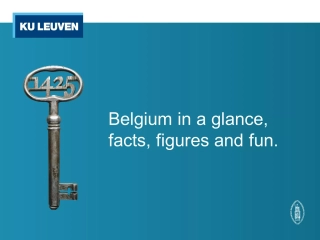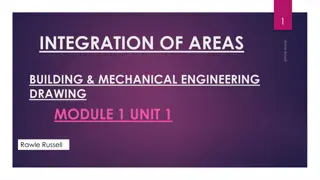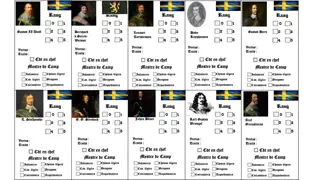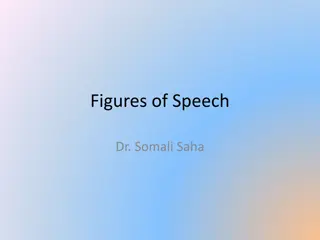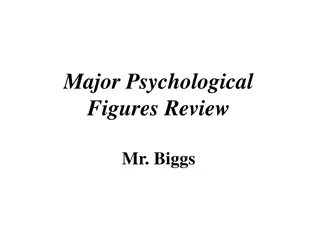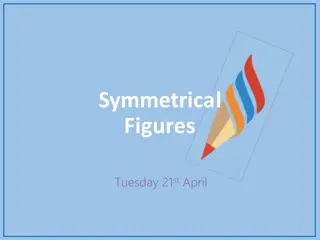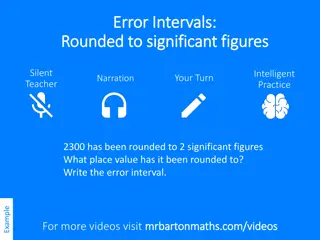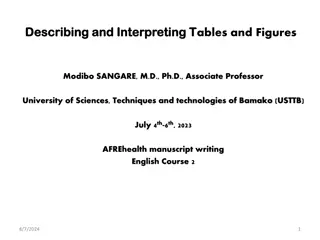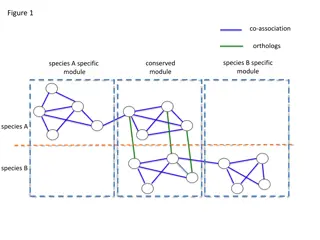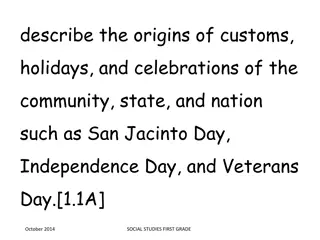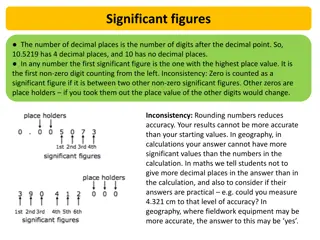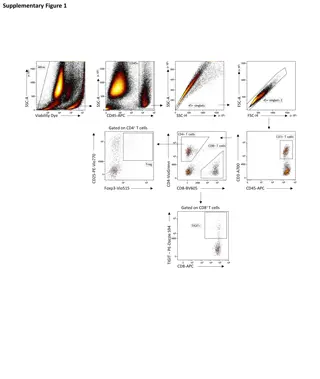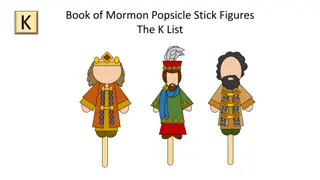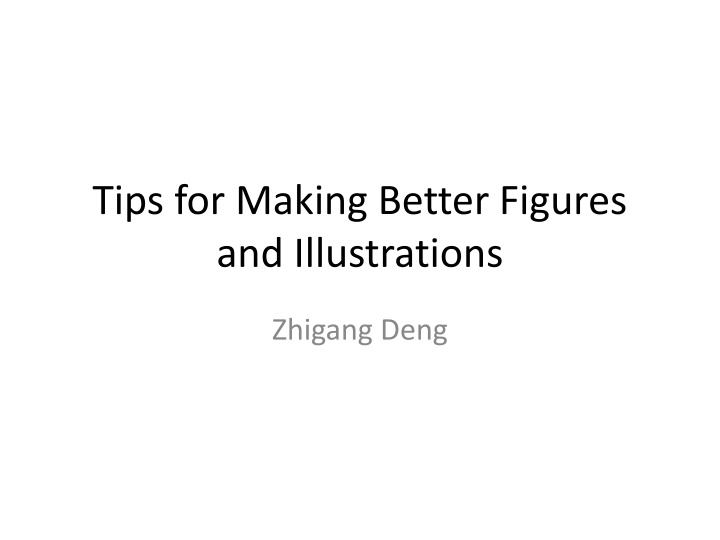
Enhancing Your Figures and Illustrations: Best Practices
Discover expert tips for creating engaging and effective figures and illustrations. Learn about principles such as clarity, aesthetics, quality, and efficiency, along with key considerations for making your visuals stand out. Explore insights on proper information embedding, color aesthetics, high-resolution quality, and maximizing the efficiency of your visual representations.
Download Presentation

Please find below an Image/Link to download the presentation.
The content on the website is provided AS IS for your information and personal use only. It may not be sold, licensed, or shared on other websites without obtaining consent from the author. If you encounter any issues during the download, it is possible that the publisher has removed the file from their server.
You are allowed to download the files provided on this website for personal or commercial use, subject to the condition that they are used lawfully. All files are the property of their respective owners.
The content on the website is provided AS IS for your information and personal use only. It may not be sold, licensed, or shared on other websites without obtaining consent from the author.
E N D
Presentation Transcript
Tips for Making Better Figures and Illustrations Zhigang Deng
Figure/Illustration Principles Clarity Aesthetics Quality Efficiency
Clarity Proper information-embedding Information overloading: NOT GOOD Too little information: why bother to use a figure? Fundamental Question: Is this figure necessary (can we just use table as an alternative)? What kind of information do I really want to convey to readers? Visualization/Presentation of Information Case by Case, non-trivial and need creativity! Sufficiently clear/readable Every cure and word should be easily recognizable! Selection of font sizes depends on the targeted size of figures/illustrations Important tips: print it on the paper to see whether it is readable! Black-and-white printer is preferred here!
Aesthetics Color Consistency within a figure and between figures Color balance (cold vs warm) Tip: More colors are not necessary to be better. black/white can make beautiful figures! Layout Symmetric vs Asymmetric Maximally utilize space (often, space is a scarce resource!) Style Simple is better.
Quality High-Resolution Recommend at least 400 DPI (pixels per inch), otherwise ACM/IEEE may reject it. Vector Graphics Always use Vector Graphics format (.pdf, .eps, etc.) if possible Always use professional drawing software! YES: Adobe Illustrator, CorelDraw, MS Visio, etc.) NO: Word, PowerPoint, and many others.
Efficiency Is a figure/illustration the best way to represent this data/information or convey the idea? How about other alternatives? How many seconds/minutes readers need to spend to understand a figure/illustration? The space occupied by a figure/illustration is worthy? Should we make a figure larger or smaller?
How to learn to draw wonderful figures/illustrations Learn from examples Check those published papers (typically on top venues) I personally recommend ACM SIGGRAPH Paper Proceedings (most of figures are well made and high quality!) Think, Check, and Improve .. Often, it is not a one time deal!

